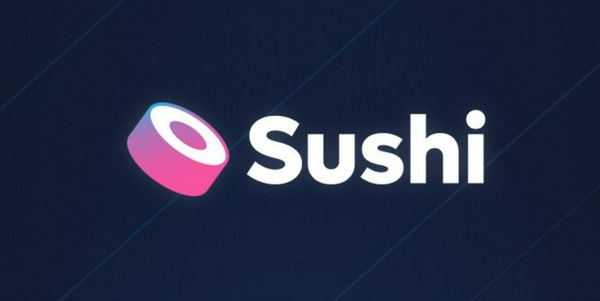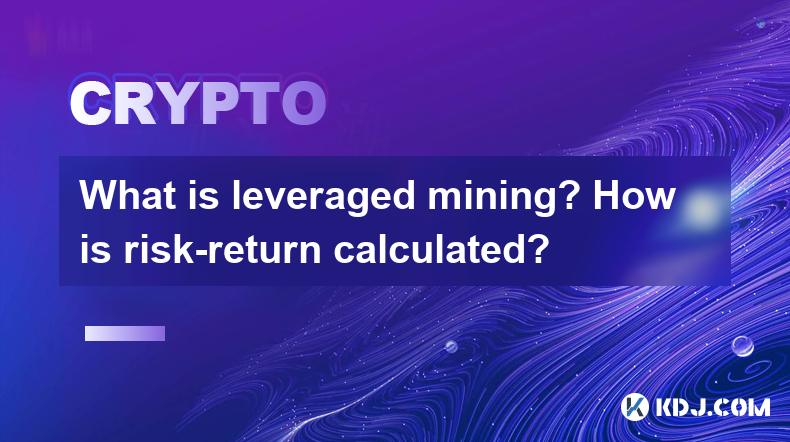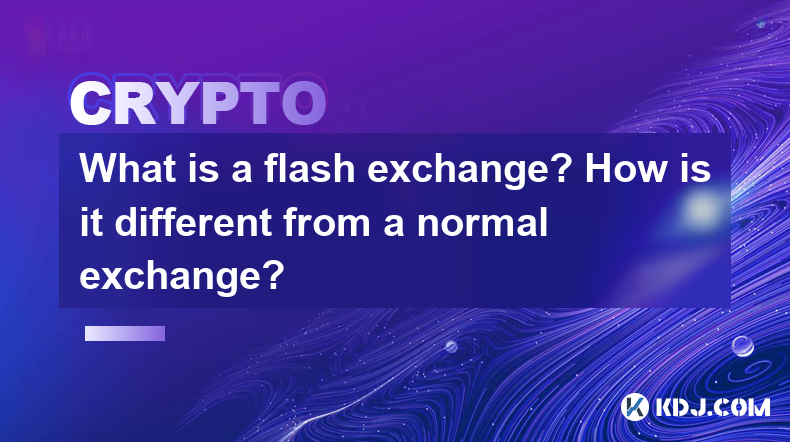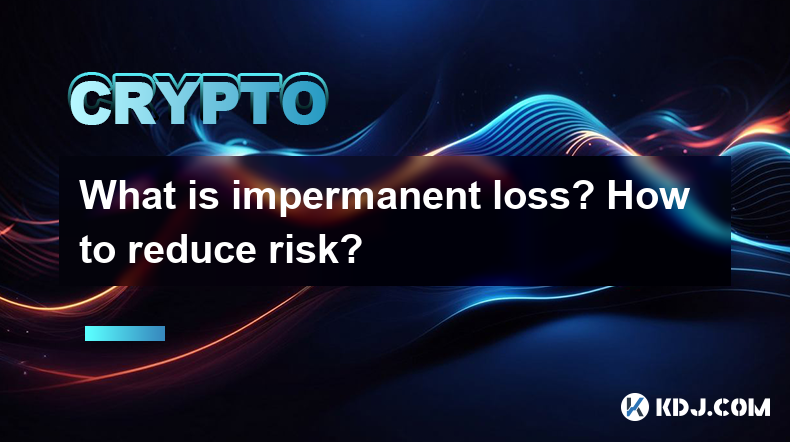-
 Bitcoin
Bitcoin $88,165.3830
4.45% -
 Ethereum
Ethereum $1,625.6684
3.15% -
 Tether USDt
Tether USDt $1.0003
0.03% -
 XRP
XRP $2.1145
3.08% -
 BNB
BNB $604.2805
2.78% -
 Solana
Solana $138.5597
1.63% -
 USDC
USDC $1.0000
0.01% -
 Dogecoin
Dogecoin $0.1611
5.18% -
 TRON
TRON $0.2438
-0.44% -
 Cardano
Cardano $0.6351
3.76% -
 Chainlink
Chainlink $13.3718
1.88% -
 Avalanche
Avalanche $20.6518
6.55% -
 UNUS SED LEO
UNUS SED LEO $9.1179
-2.25% -
 Stellar
Stellar $0.2584
6.98% -
 Toncoin
Toncoin $2.9759
-0.58% -
 Shiba Inu
Shiba Inu $0.0...01257
1.46% -
 Sui
Sui $2.2444
7.11% -
 Hedera
Hedera $0.1708
4.15% -
 Bitcoin Cash
Bitcoin Cash $345.2115
3.88% -
 Polkadot
Polkadot $3.8920
0.39% -
 Litecoin
Litecoin $79.7901
4.89% -
 Hyperliquid
Hyperliquid $18.0228
3.58% -
 Dai
Dai $0.9999
0.00% -
 Bitget Token
Bitget Token $4.4675
1.86% -
 Ethena USDe
Ethena USDe $0.9993
0.00% -
 Pi
Pi $0.6375
1.55% -
 Monero
Monero $214.7310
-1.32% -
 Uniswap
Uniswap $5.4128
3.57% -
 Pepe
Pepe $0.0...07912
5.87% -
 Aptos
Aptos $5.0623
1.32%
What is SUSHI? What is SUSHI coin
SUSHI, the native token of the SushiSwap DEX, is an ERC-20 token used for paying gas fees, staking for rewards, and participating in the decentralized governance of the platform.
Oct 04, 2024 at 01:54 am

What is SUSHI?
SUSHI is a decentralized autonomous organization (DAO) that governs the SushiSwap decentralized exchange (DEX). SushiSwap is a popular DEX that allows users to trade cryptocurrencies without the need for an intermediary. SUSHI holders can vote on proposals to change the protocol, and they can also stake their SUSHI tokens to earn rewards.
What is SUSHI coin?
SUSHI is the native token of the SushiSwap DEX. It is used to pay for gas fees, and it can also be staked to earn rewards. SUSHI is an ERC-20 token, and it is traded on a variety of cryptocurrency exchanges.
SUSHI coin price
The price of SUSHI has fluctuated significantly since its launch in September 2020. The token reached an all-time high of $23.38 in March 2021, but it has since fallen to around $4.00. The price of SUSHI is likely to continue to fluctuate in the future, as it is influenced by a variety of factors, including the overall cryptocurrency market, the demand for SUSHI, and the development of the SushiSwap DEX.
SUSHI coin market cap
The market cap of SUSHI is currently around $195 million. This makes it one of the top 100 cryptocurrencies by market cap. The market cap of SUSHI is likely to continue to grow in the future, as the SushiSwap DEX becomes more popular.
SUSHI coin supply
There is a total supply of 250 million SUSHI tokens. Of this total supply, 100 million tokens are allocated to the SushiSwap community, 50 million tokens are allocated to the SushiSwap team, and 100 million tokens are allocated to investors. The tokens allocated to the SushiSwap community and the SushiSwap team are locked for a period of time.
SUSHI coin use cases
SUSHI can be used for a variety of purposes, including:
- Paying gas fees on the SushiSwap DEX
- Staking to earn rewards
- Governance of the SushiSwap DEX
- Trading on cryptocurrency exchanges
Conclusion
SUSHI is a decentralized autonomous organization (DAO) that governs the SushiSwap decentralized exchange (DEX). SUSHI coin is the native token of the SushiSwap DEX. It is used to pay for gas fees, it can be staked to earn rewards, and it can be used to vote on proposals to change the protocol. The price of SUSHI has fluctuated significantly since its launch in September 2020, but it is likely to continue to grow in the future as the SushiSwap DEX becomes more popular.
Disclaimer:info@kdj.com
The information provided is not trading advice. kdj.com does not assume any responsibility for any investments made based on the information provided in this article. Cryptocurrencies are highly volatile and it is highly recommended that you invest with caution after thorough research!
If you believe that the content used on this website infringes your copyright, please contact us immediately (info@kdj.com) and we will delete it promptly.
- As the Crypto Market Evolves, XRP and Dogecoin Are Back in the Spotlight
- 2025-04-22 00:00:44
- Onchain social media platform Zora said its ZORA token will go live
- 2025-04-22 00:00:44
- Bitcoin Eyes $88,000 Breakout as Safe-Haven Narrative Gains Steam
- 2025-04-21 23:55:12
- As the Cryptocurrency Market Begins to Recover and Bitcoin Moves Closer to the $90,000 Mark, Investor Interest Is Gradually Returning
- 2025-04-21 23:55:12
- Blurring the Lines Between Decentralized Finance and Traditional Finance, Ripple's XRP Ledger (XRPL) Is at the Center of a New Attempt to Integrate Blockchain into the Heart of Institutional Trading
- 2025-04-21 23:50:13
- MicroStrategy Adds Another $555M Bitcoin Buy to Its Portfolio as BTC Trades Near $85K
- 2025-04-21 23:50:13
Related knowledge

What is impermanent loss insurance? What are the solutions?
Apr 12,2025 at 01:14am
What is Impermanent Loss Insurance? What are the Solutions? Impermanent loss is a significant concern for liquidity providers in decentralized finance (DeFi) platforms. It occurs when the price of tokens in a liquidity pool changes compared to when they were deposited, leading to a potential loss if the provider decides to withdraw their liquidity. To m...

What are algorithmic stablecoins? How do they maintain anchoring?
Apr 12,2025 at 11:35am
Algorithmic stablecoins represent a fascinating and innovative segment within the cryptocurrency ecosystem. These digital assets are designed to maintain a stable value, typically pegged to a fiat currency like the US dollar, through the use of algorithms rather than traditional collateral. This approach distinguishes them from other types of stablecoin...

What is leveraged mining? How is risk-return calculated?
Apr 11,2025 at 04:07pm
What is Leveraged Mining? How is Risk-Return Calculated? Leveraged mining is a strategy used in the cryptocurrency space where miners borrow funds to increase their mining capacity and potential returns. This approach can amplify both profits and losses, making it a high-risk, high-reward endeavor. Understanding how to calculate the risk and return asso...

What is an aggregator? How does 1inch optimize transaction paths?
Apr 12,2025 at 05:00pm
An aggregator in the cryptocurrency space is a tool that compiles and compares data from multiple decentralized exchanges (DEXs) to find the best possible trading routes and prices for users. Aggregators are essential for traders looking to optimize their transactions, as they can automatically search through various liquidity sources to ensure the most...

What is a flash exchange? How is it different from a normal exchange?
Apr 16,2025 at 03:43pm
A flash exchange, also known as a flash swap, is a relatively new concept within the cryptocurrency space that has gained significant attention due to its innovative approach to trading. Unlike traditional exchanges, flash exchanges leverage the power of decentralized finance (DeFi) protocols to enable instant, collateral-free trades. In this article, w...

What is impermanent loss? How to reduce risk?
Apr 16,2025 at 11:14pm
What is Impermanent Loss? How to Reduce Risk? Impermanent loss is a term that frequently surfaces in the world of decentralized finance (DeFi), particularly when discussing liquidity provision on automated market makers (AMMs) like Uniswap or SushiSwap. Understanding this concept is crucial for anyone looking to engage in liquidity provision, as it dire...

What is impermanent loss insurance? What are the solutions?
Apr 12,2025 at 01:14am
What is Impermanent Loss Insurance? What are the Solutions? Impermanent loss is a significant concern for liquidity providers in decentralized finance (DeFi) platforms. It occurs when the price of tokens in a liquidity pool changes compared to when they were deposited, leading to a potential loss if the provider decides to withdraw their liquidity. To m...

What are algorithmic stablecoins? How do they maintain anchoring?
Apr 12,2025 at 11:35am
Algorithmic stablecoins represent a fascinating and innovative segment within the cryptocurrency ecosystem. These digital assets are designed to maintain a stable value, typically pegged to a fiat currency like the US dollar, through the use of algorithms rather than traditional collateral. This approach distinguishes them from other types of stablecoin...

What is leveraged mining? How is risk-return calculated?
Apr 11,2025 at 04:07pm
What is Leveraged Mining? How is Risk-Return Calculated? Leveraged mining is a strategy used in the cryptocurrency space where miners borrow funds to increase their mining capacity and potential returns. This approach can amplify both profits and losses, making it a high-risk, high-reward endeavor. Understanding how to calculate the risk and return asso...

What is an aggregator? How does 1inch optimize transaction paths?
Apr 12,2025 at 05:00pm
An aggregator in the cryptocurrency space is a tool that compiles and compares data from multiple decentralized exchanges (DEXs) to find the best possible trading routes and prices for users. Aggregators are essential for traders looking to optimize their transactions, as they can automatically search through various liquidity sources to ensure the most...

What is a flash exchange? How is it different from a normal exchange?
Apr 16,2025 at 03:43pm
A flash exchange, also known as a flash swap, is a relatively new concept within the cryptocurrency space that has gained significant attention due to its innovative approach to trading. Unlike traditional exchanges, flash exchanges leverage the power of decentralized finance (DeFi) protocols to enable instant, collateral-free trades. In this article, w...

What is impermanent loss? How to reduce risk?
Apr 16,2025 at 11:14pm
What is Impermanent Loss? How to Reduce Risk? Impermanent loss is a term that frequently surfaces in the world of decentralized finance (DeFi), particularly when discussing liquidity provision on automated market makers (AMMs) like Uniswap or SushiSwap. Understanding this concept is crucial for anyone looking to engage in liquidity provision, as it dire...
See all articles






















































































